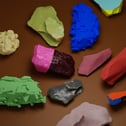Material Alternatives by Envisions
the material lookout
Material Alternatives
Designers are always on the hunt for something novel and unfamiliar. In the last decades, artificial materials like plastic have met this desire, shaping new applications and aesthetics. However, this initial satisfaction has turned into despair because of the impact these materials have on our surroundings.
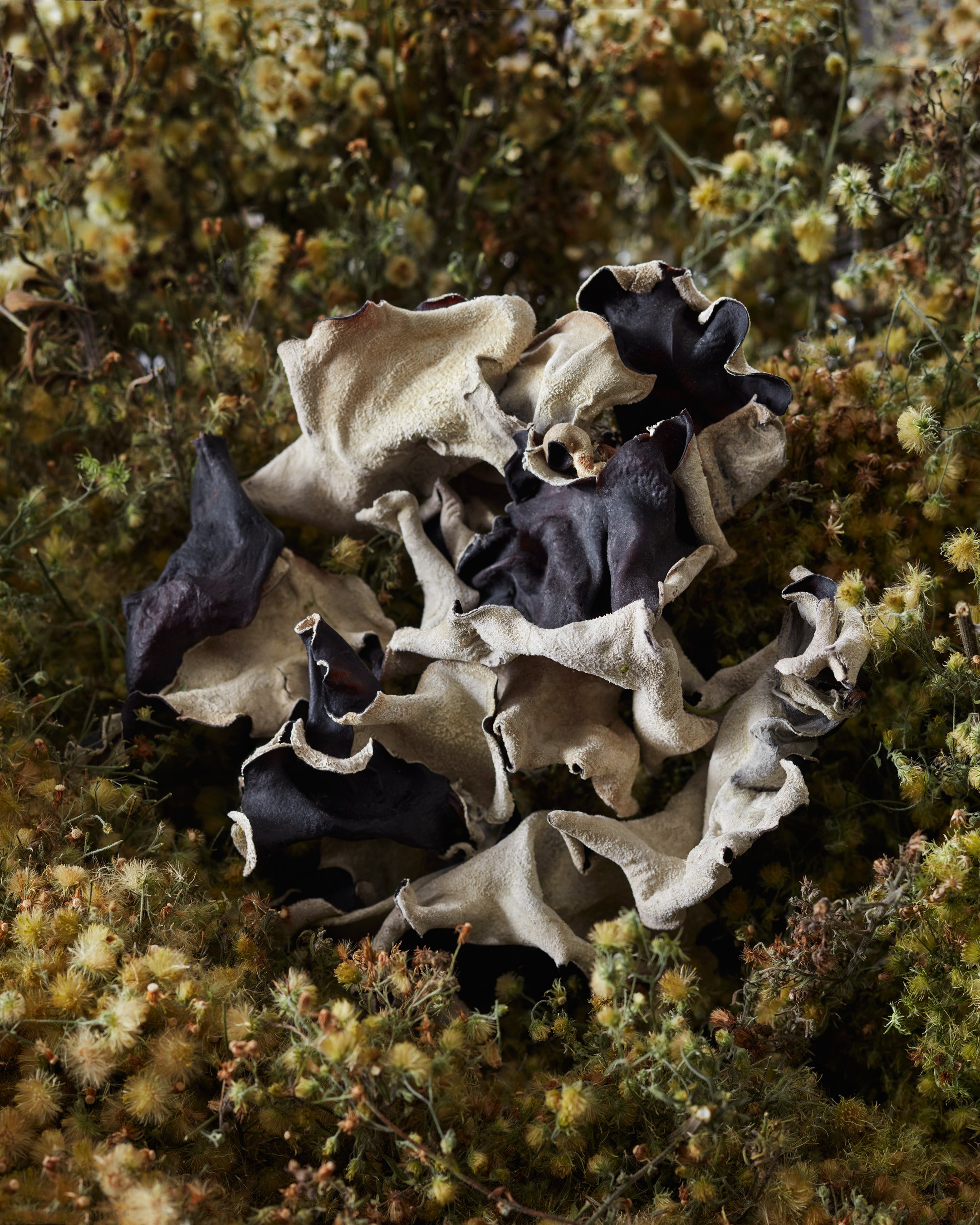
Exemplary is the 3D Grown Mushroom material from GROWN.BIO that acts as a natural
replacement for plastic foams by combining organic waste fibres with Mycelium roots. The latter is a fast growing organism that takes nutrients from waste fibres like hemp and binds them together. By executing this process in special moulds, any desired shape can be created. Consisting 100% of biobased materials, the material is fully biodegradable in both the soil as well as in water and is extremely CO2-efficient.
Another fully biodegradable material is the Asparagus Composite by Anton Richter. Made using a special drying process, the soft skins of pole vegetables is transformed into a dark and durable material that's similar to pressed wood. The fibres allow both for high flexibility and stability and can be modelled
and folded into different shapes. At the end of its life, the material can be easily dissolved and returned to its natural state.
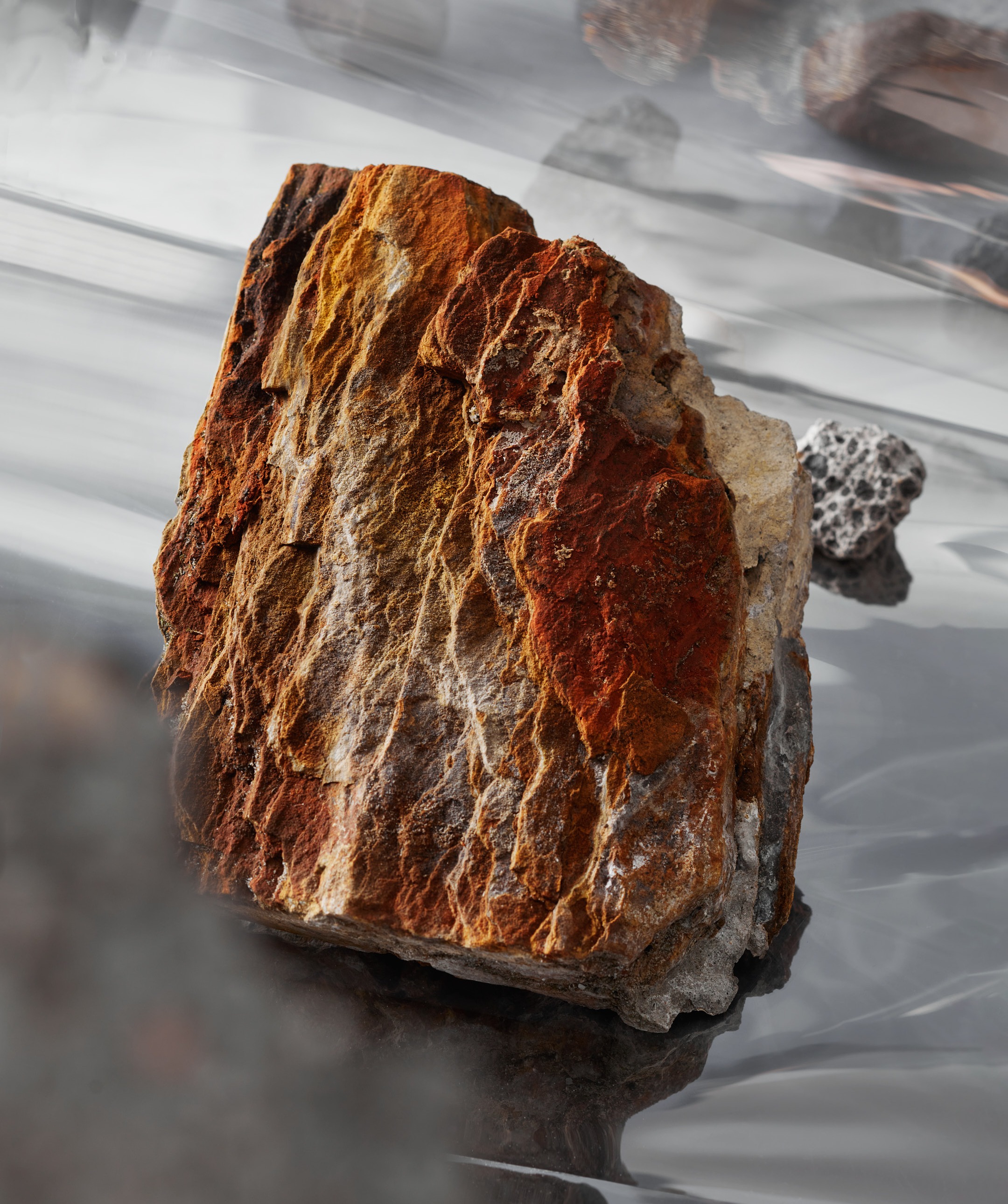
Another material that's derived from wood is Transparent Wood from Imat-uve. With the aid of oxidizing agents, the wood its lignin is removed from the wood fibres, resulting in a semi-transparent material. Its shiny finish resembles plastics and is thus suitable for various applications like automotive interiors.
Similar plastic aesthetics can be found in the Shell Homage Plastic by Rania Elkalla. Based on natural fillers such as eggs and various nut shells, the sustainable material is fully biodegradable and free from toxic materials.
Lastly, Bananatex® from Qwstion International is the world’s first durable, waterproof fabric made entirely from Banana plants. Profiting from the Philippines' forests, the self-sufficient material is an important contributor to the reforestation of areas once eroded by palm plantations. Offering a viable alternative to the synthetic materials that the majority of apparel is made of today, Bananatex® answers pressing questions of environmental, economic and social sustainability.
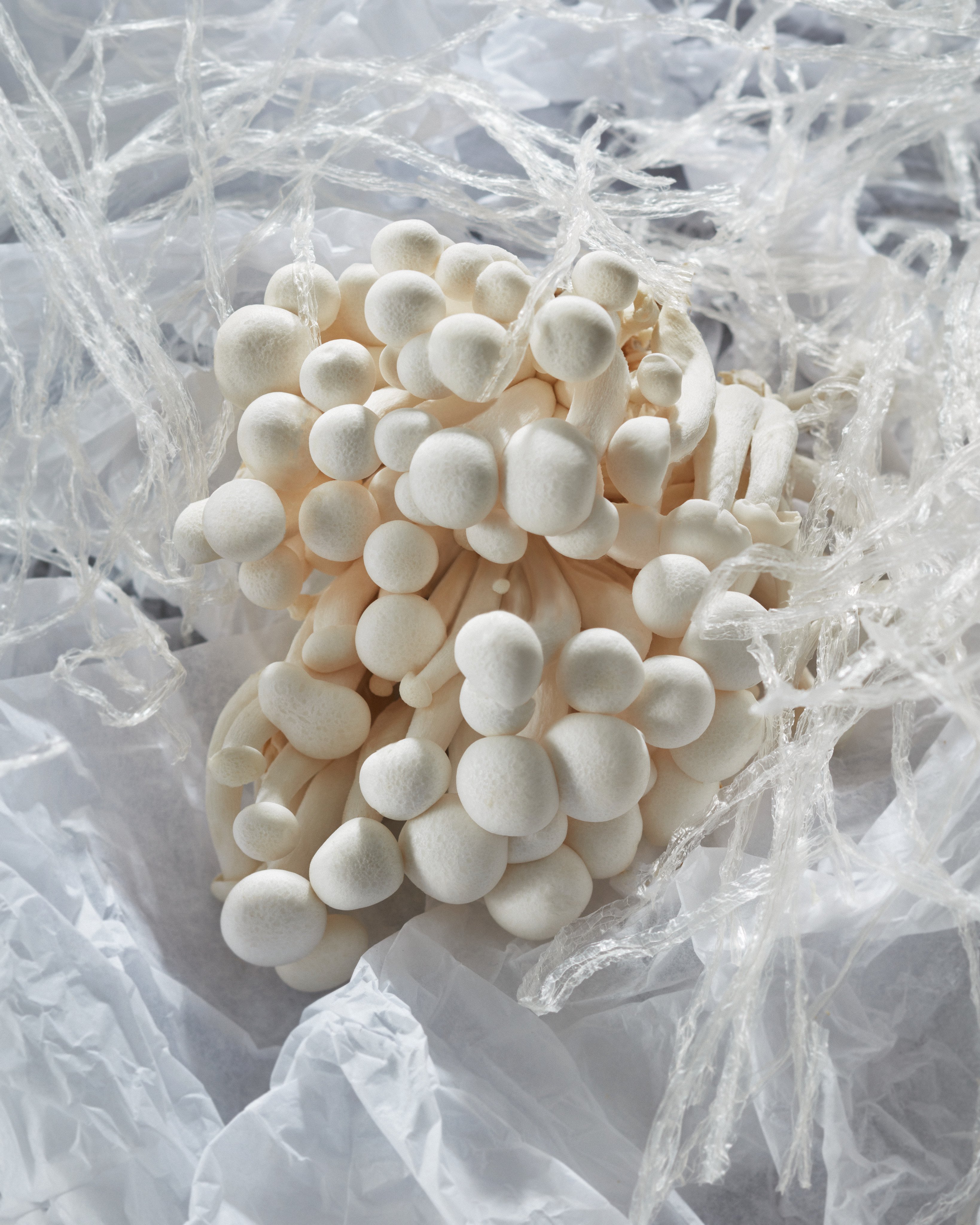
Altogether, these examples illustrate the revival of natural materials in a new, modern disguise. They lead the way towards a material future that's balanced with our natural roots while feeding our hunger for the novel. Biodegradability, the exclusion of toxic materials and activating natural leftover materials are the common thread throughout "Material alternatives" that positively outlines our future.
Not only are their chemical compositions not compatible with our earthly ecosystem, how they're applied has resulted in abundant amounts of waste, covering the earth's crust as a new geological layer. After decades that have been dominated by artificial materials, overconsumption and single-use designs are increasingly being banned. Instead of returning to the roots we came from, our obsession with the novel has given rise to unexpected alternatives. High-tech techniques are being combined with natural materials to meet the best of both worlds. This combination gives rise to wonderous results that combine the best of both worlds while opening the door to new aesthetic and technical pathways.
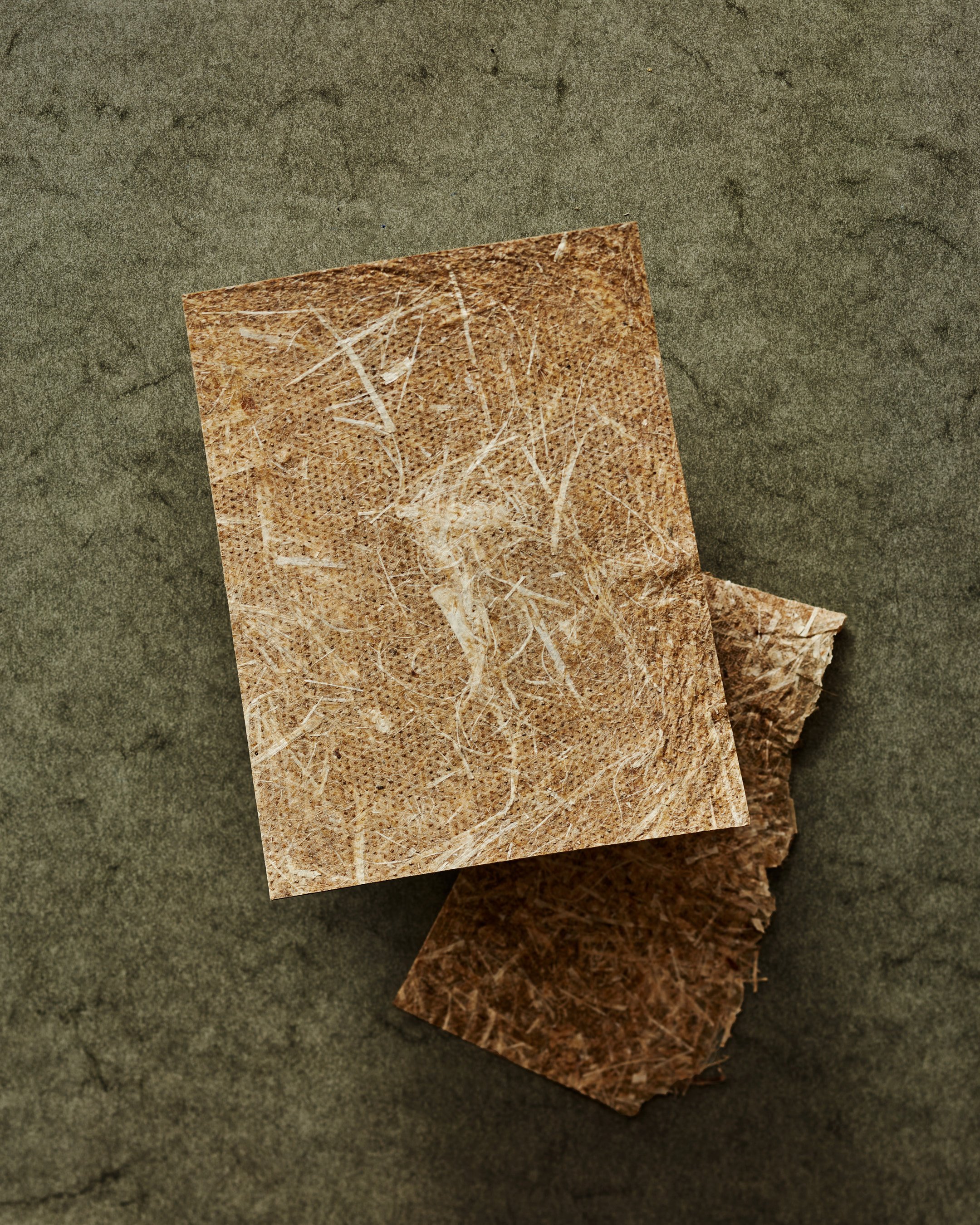
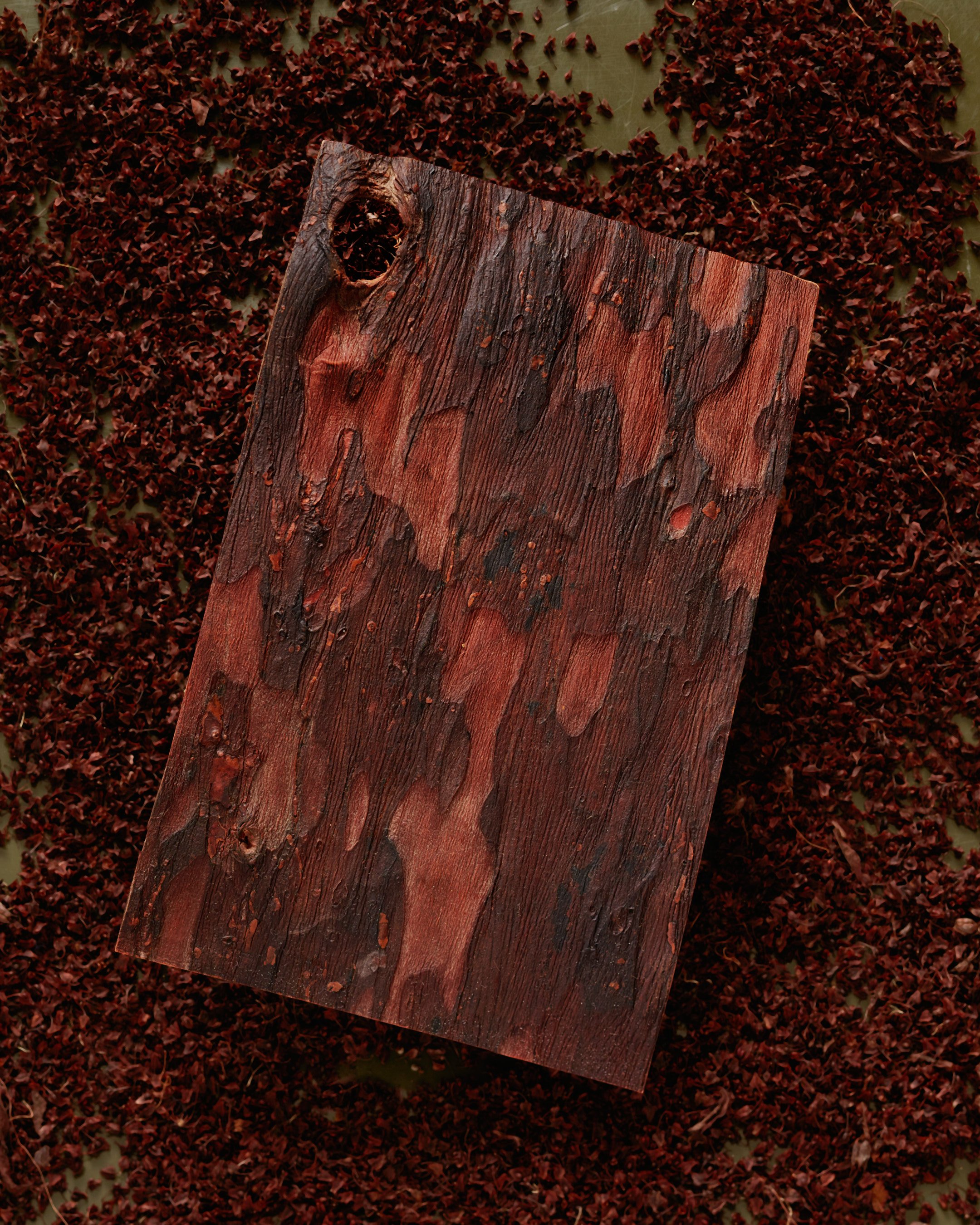
A material with a similar wooden aesthetic but different material properties is Pineskins by Studio Sarmite. This leather-like material is made of the inner bark of pine trees, a by-product of the tree-cutting industry. To create flexibility, the freshly harvested bark is treated with a bio-softening solution and enhanced with both colour pigments and natural wax. Beyond being a new material, Pineskins aims to create additional income for local people and a broader perception of what timber production entails.
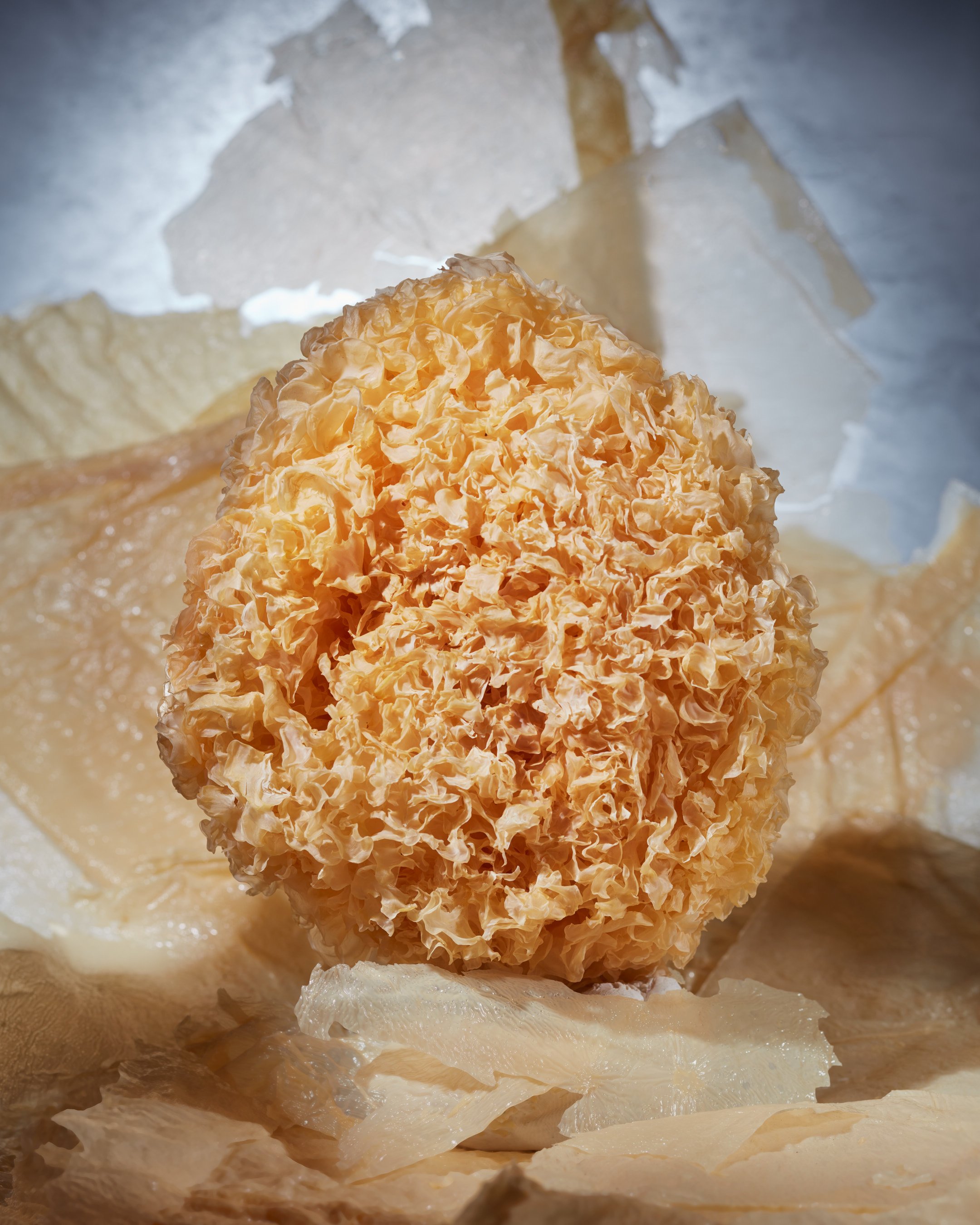
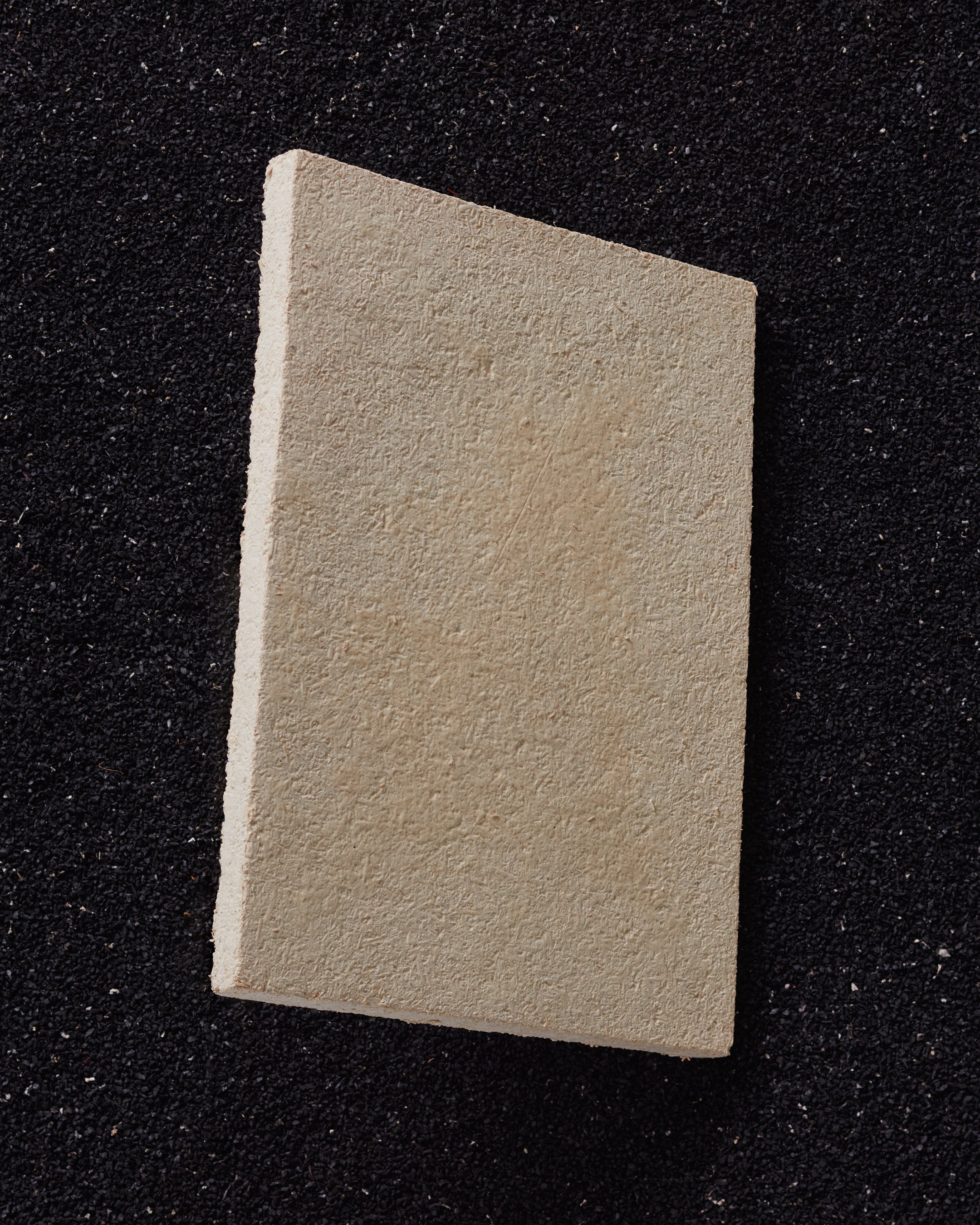
MATERIALS
Pineskins - Studio Sarmite
3D Grown Mushroom - GROWN.BIO
Asparagus Composite - Anton Richter
Transparent Wood - Imat-uve
Bananatex® - Qwstion International



